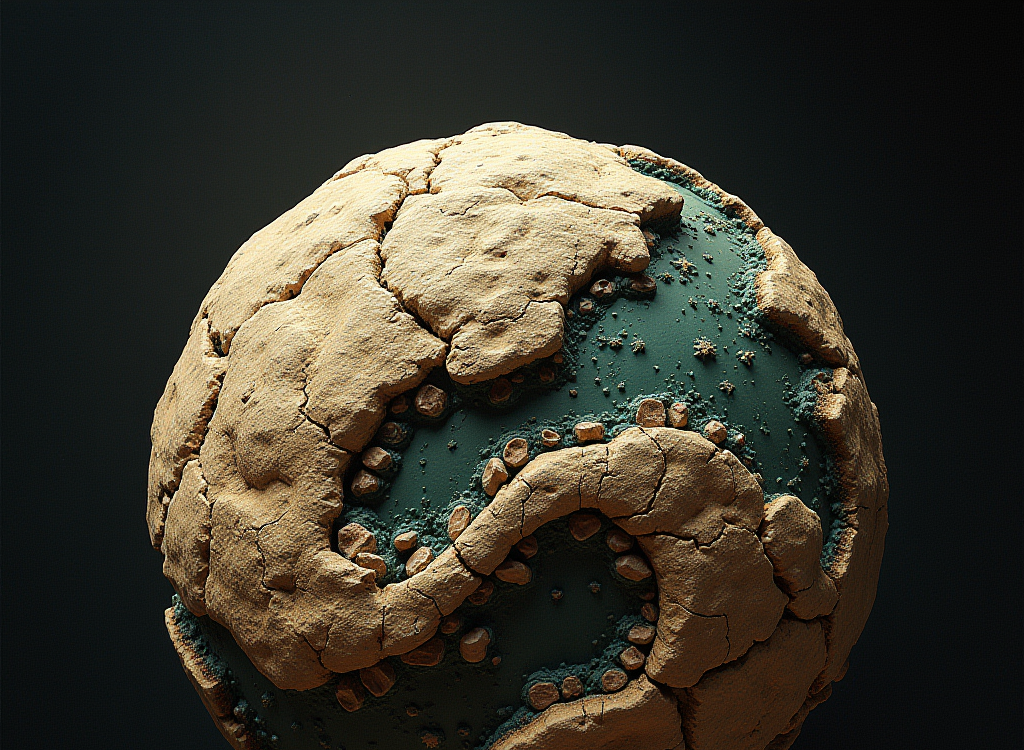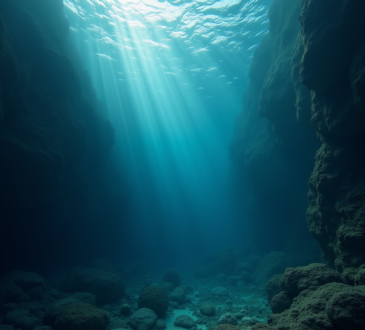A team of scientists from the University of Maryland has made a groundbreaking discovery that sheds new light on the inner workings of our planet. Led by geology postdoctoral researcher Jingchuan Wang, the team used innovative seismic imaging techniques to uncover evidence of an ancient seafloor that sank deep into the Earth during the age of dinosaurs.
A Fossilized Fingerprint from 250 Million Years Ago
Located in the East Pacific Rise, a tectonic plate boundary on the floor of the southeastern Pacific Ocean, this previously unstudied patch of seafloor provides a glimpse into Earth’s past that we’ve never had before. The team found an unusually thick area in the mantle transition zone, a region located between about 410 and 660 kilometers below the Earth’s surface.
“This thickened area is like a fossilized fingerprint of an ancient piece of seafloor that subducted into the Earth approximately 250 million years ago,” Wang said. “It’s giving us a glimpse into Earth’s past that we’ve never had before.”
New Insights into Subduction and Earth’s Interior
Subduction occurs when one tectonic plate slides beneath another, recycling surface material back into Earth’s mantle. The process often leaves visible evidence of movement, including volcanoes, earthquakes, and deep marine trenches. While geologists typically study subduction by examining rock samples and sediments found on Earth’s surface, Wang and his team used seismic waves to probe through the ocean floor.
By examining how seismic waves traveled through different layers of Earth, the scientists were able to create detailed mappings of the structures hiding deep within the mantle. This allowed them to see the ancient subduction slab in a new perspective, providing insights into the relationship between very deep Earth structures and surface geology that were not obvious before.
Surprising Discovery: Material Moves Through Earth’s Interior More Slowly Than Thought
What the team found surprised them – material was moving through Earth’s interior much more slowly than previously thought. Wang believes that the unusual thickness of the area they discovered suggests the presence of colder material in this part of the mantle transition zone, hinting that some oceanic slabs get stuck halfway down as they sink through the mantle.
“We found that in this region, the material was sinking at about half the speed we expected, which suggests that the mantle transition zone can act like a barrier and slow down the movement of material through the Earth,” Wang explained. “Our discovery opens up new questions about how the deep Earth influences what we see on the surface across vast distances and timescales.”
Future Research Directions
Looking ahead, the team plans to extend their research into other areas of the Pacific Ocean and beyond. Wang hopes to create a more comprehensive map of ancient subduction and upwelling zones, as well as their effects on both deep and surface Earth structures.
“This is just the beginning,” Wang said. “We believe that there are many more ancient structures waiting to be discovered in Earth’s deep interior. Each one has the potential to reveal many new insights about our planet’s complex past – and even lead to a better understanding of other planets beyond ours.”




